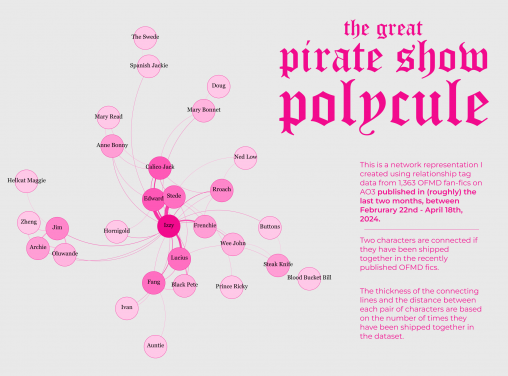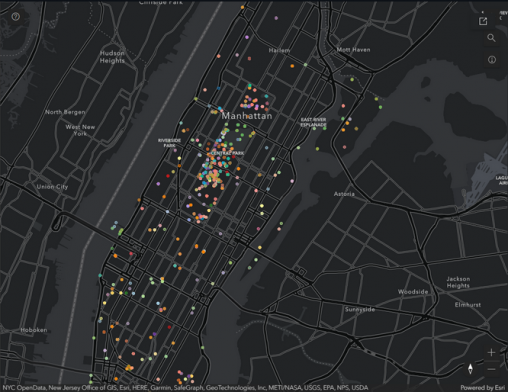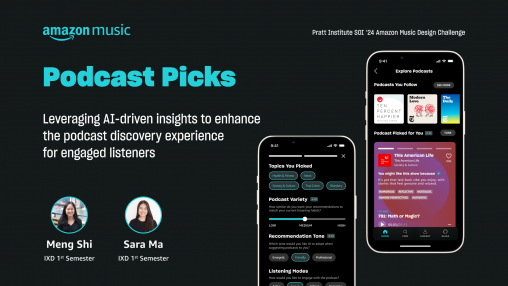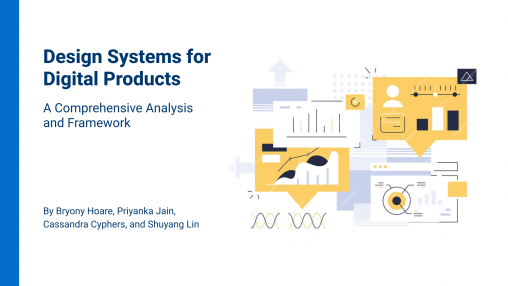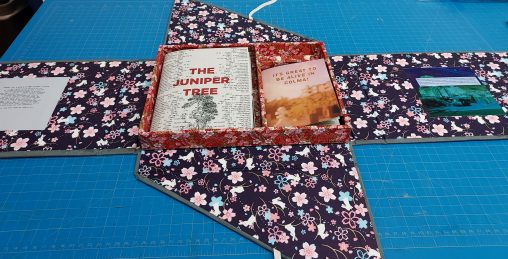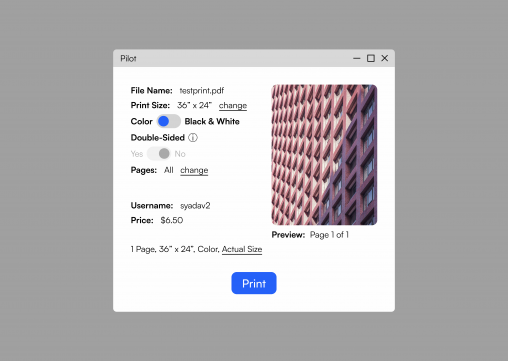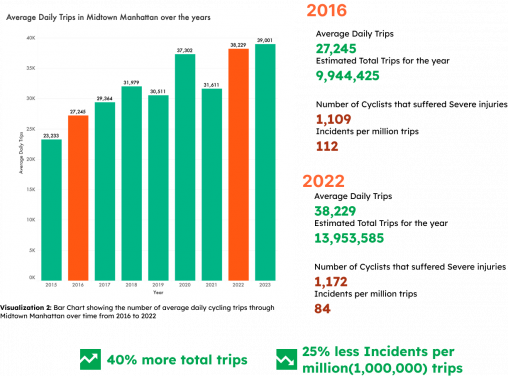Page 5 of 33
The concept revolves around creating a snake version of “Just Dance,” where snakes interact with a visual and musical display, swaying to rhythms they enjoy. This design inspired…
The aim of the project was to create a fun and engaging game to get young adults (18-25 years old) to explore the National Gallery of Art’s collection…
The presentation wraps up my two-semester fellowship at the Whitney Museum of American Art. It reflects my thoughts on the museum world and includes my experiences working with…
The Center for Brooklyn History was established in 2020 when the Brooklyn Public Library absorbed the Brooklyn Historical Society. This presentation will introduce the Center for Brooklyn History’s…
Our presentation focuses on the projects we worked on during our fellowships at the Watson Library. We both focused on increasing access to material from the museum’s past…
The presentation will focus on my experience as the Hauser & Wirth archival fellow in Spring 2024. Specifically, I will touch on my role in selecting archival material…
This is a group presentation to display the preservation work done by the Projects in Digital Archives Class for the Lesbian Herstory Archives Video Website. We digitized u-matic…
Rhythmic Focus integrates the Pomodoro Technique with AI-generated focus playlists. We address the challenge of maintaining focus during tasks while leveraging the power of personalized music choices. Our…
SyncItUp utilizes Augmented Reality to facilitate sign language communication, addressing barriers faced by signers with disabilities. By leveraging AR technology, it aims to overcome physical, cultural, and social…
Bubble facilitates organic connections among users sharing daily rides, emphasizing safety for potential relationships. With a focus on shared interests, the platform ensures a comfortable and secure environment…
